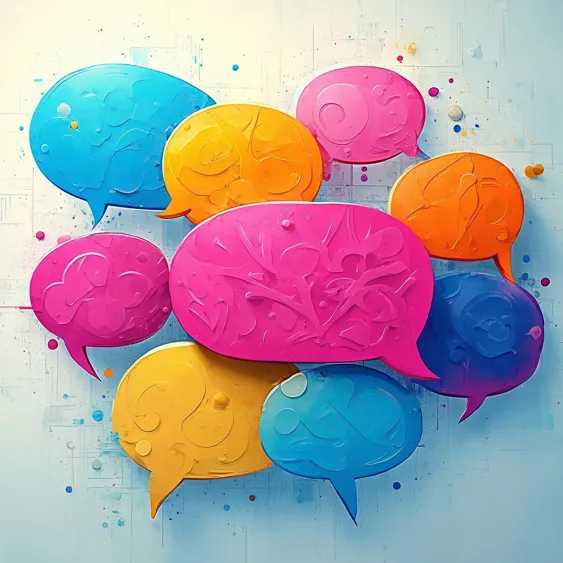India's AI Integration in 22 Languages

In a country as linguistically diverse as India, which boasts 22 officially recognized languages, integrating artificial intelligence (AI) into everyday communication poses a significant challenge—and opportunity. As technology evolves, so too does the need for AI solutions that can cater to a multitude of languages, helping bridge communication gaps in real-time. This is not just a technical requirement; it's vital for inclusive participation in sectors like education, healthcare, and governance. AI that can understand and respond in local dialects can empower millions, making digital tools accessible to those who may struggle with dominant languages like English.
AI language processing encompasses the development of algorithms that enable machines to understand, interpret, and respond to human language in a meaningful way. This involves training AI systems on vast datasets where the quality and diversity of the data can significantly impact their effectiveness. For instance, Bhashini, a government initiative in India, aims to create high-quality datasets and AI language models for all 22 languages. With over 350 models already operational, Bhashini facilitates multilingual chatbots and translations of government schemes. However, challenges persist, especially for less common dialects, as co-founder Vivekananda Pani notes that the potential exists for these languages to be marginalized by mainstream tech advancements.
Everyday examples abound, such as the case of Vineet Sawant, a delivery driver in Mumbai, who benefited from a translation feature in his app that allows him to receive instructions in Marathi, his native language. This not only improves efficiency—he went from delivering ten parcels a day to around thirty—but also enhances his confidence and connection to his work. Moreover, initiatives like those led by Professor Kshitij Jadhav at IIT Mumbai aim to develop AI programs that can provide personalized advice in multiple languages, thus addressing the needs of users at various stages of behavior change, like quitting smoking. Overall, these innovations could transform how AI impacts daily life, aiding communication across India's vast linguistic landscape.
Read These Next

23andMe Files for Bankruptcy Amid Growing Data Concerns
23andMe has declared bankruptcy due to declining trust and data privacy concerns, raising ethical questions in biotech.

Zhejiang University's "White Rhino" Breaks Robotics Speed Record
A commentary on Zhejiang University's four-legged robot "White Rhino" setting a Guinness World Record for speed, highlighting its technological advancements and potential applications.

China's Coal Hub Sparks Inspiration for Global Energy Shift
Shanxi province shifts from coal to renewable energy, inspiring global efforts and showcasing China's commitment to sustainability.
